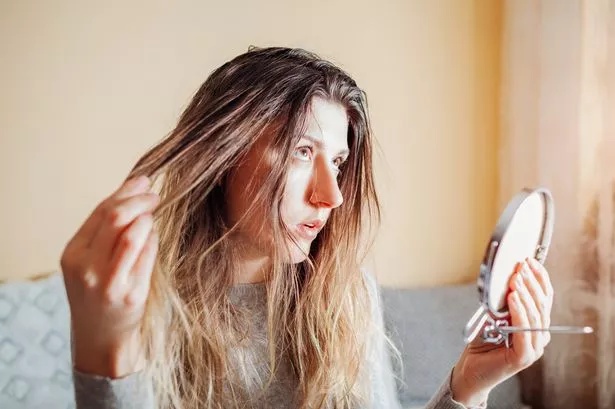The quest for healthy, vibrant hair often encounters a common adversary: persistent greasiness. Far from an uncommon occurrence, many individuals grapple with hair that quickly loses its freshness, appearing dull, clumpy, or stringy. This pervasive issue can undermine confidence and disrupt daily routines, prompting a widespread search for effective solutions that go beyond temporary fixes. Fortunately, expert insights now offer clear, actionable strategies to combat this prevalent hair concern.
Understanding the root cause of greasy hair is the first step toward managing it effectively. This condition typically arises from the scalp’s sebaceous glands producing an excess of sebum, a natural oil crucial for moisturizing both the scalp and hair. While essential for maintaining skin and hair health, an overproduction of sebum leads to the oil being absorbed by the hair strands, causing the characteristic oily appearance. This can result in hair feeling heavy, looking flat, and strands near the face appearing noticeably stringy.
According to leading dermatologist Dr. Adel, a fundamental shift in your hair care routine can make a significant difference. Her paramount advice for achieving lasting freshness is to implement a double cleanse for your scalp. Dr. Adel asserts that double shampooing is “non-negotiable” for achieving a truly effective cleanse, thoroughly removing build-up and excess oils that contribute to greasy hair. Incorporating a shampoo with three percent salicylic acid, she explains, is particularly beneficial for its ability to exfoliate the scalp, reduce flakiness, and minimize oil production.
Beyond the washing process, how you dry your hair plays a crucial role in maintaining its cleanliness. Dr. Adel strongly advises against air-drying wet hair, recommending blow-drying instead. Her reasoning is that air-drying tends to keep oils on your scalp health longer, inadvertently accelerating the rate at which your hair becomes greasy. A proper blow-dry can help lift the hair from the scalp, allowing for better air circulation and reducing the likelihood of oil accumulation near the roots.
While dry shampoo can be a convenient quick fix, Dr. Adel emphasizes that it should never be considered a substitute for a proper hair wash day. For those who choose to use it, her dermatologist tips include applying dry shampoo at night to clean hair before it has a chance to get greasy. This proactive approach allows the product to absorb oils as they are produced overnight, rather than attempting to mask existing greasiness, thereby extending the period of freshness.
It is important to acknowledge that various other factors can contribute to greasy hair solutions. Simply touching your hair too frequently throughout the day can transfer oils from your fingers and hands onto your strands. Additionally, improper application of conditioner, specifically applying it to the roots instead of focusing solely on the mid-lengths and ends, can weigh hair down and make it appear greasier. Over-brushing can also stimulate oil glands and distribute existing oils more widely.
In some instances, persistent greasy hair may signal deeper underlying issues. Hormonal imbalances or certain health conditions can significantly impact sebum production. If lifestyle adjustments and improved hair routine practices do not yield satisfactory results, it is advisable to consult a general practitioner. A medical professional can assess for any contributing health factors and provide personalized guidance to address the root cause of the concern.
Ultimately, achieving consistently fresh and healthy locks involves a multifaceted approach, combining expert dermatology tips with an understanding of individual scalp health. By adopting a strategic hair routine, embracing proper washing and drying techniques, and being mindful of daily habits, individuals can significantly reduce greasiness and enjoy hair that looks and feels its best for longer, proving these beauty hacks are truly transformative.






Leave a Reply